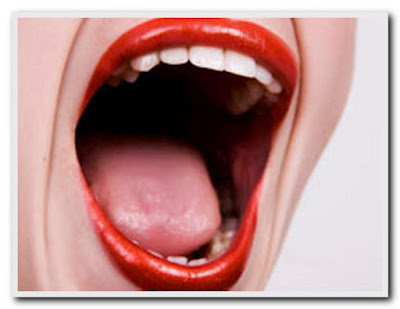The use of hair care products contain chemicals can cause hair to become dry, dull, and easily broken. To overcome this, an occasional treat your hair with a natural treatment created, such as: green tea.
So far, the benefits of green tea is known only for the body. In fact, the content of antioxidants in the drink is also good for hair health. Experts even believe green tea can prevent hair loss.
Here are the benefits and nutritious substances from green tea:
1. Against dihydrotestosterone DHT
Dihydrotestosterone is a natural testosterone found in men and women. Now scientists know that the cause of hair loss is DHT. Typical pattern baldness male is also believed to be caused because the hair follicles that are sensitive to DHT. Therefore, one strategy is to block DHT prevents hair loss.
Green tea is a reliable contrarian herbal DHT. Green tea is known to increase levels of sex hormone binding globulin (SBGH) which interacts with testosterone so as to prevent the formation of DHT.
2. Increase blood circulation to hair follicles
Green tea contains catechin polyphenols. Quite a lot of research that revealed this molecule has anti-cancer effects and antibiotic functions. Studies in mice also showed that catechin causes blood vessels to contract better, so that blood flow to the cardiovascular system and the small blood vessels to become fluent, including the hair follicle
3. Stimulate hair growth
Component called epigallocatechin-3-gallate (EGCG) is the most powerful antioxidants. Research conducted in Japan and Korea showed EGCH have positive effects on hair growth. The good news, green tea contains 10 percent EGCH so it is advisable to stimulate hair growth
Green tea contains catechin polyphenols. Quite a lot of research that revealed this molecule has anti-cancer effects and antibiotic functions. Studies in mice also showed that catechin causes blood vessels to contract better, so that blood flow to the cardiovascular system and the small blood vessels to become fluent, including the hair follicle
3. Stimulate hair growth
Component called epigallocatechin-3-gallate (EGCG) is the most powerful antioxidants. Research conducted in Japan and Korea showed EGCH have positive effects on hair growth. The good news, green tea contains 10 percent EGCH so it is advisable to stimulate hair growth
4. Eliminate dandruff and psoriasis
Various studies show that green tea is effective to eliminate dandruff and psoriasis skin disease with how to deal with irritation in the scalp. Green tea-based shampoo is recommended for hair dandruff. Or, after using the shampoo, rinse hair with green tea water.
Various studies show that green tea is effective to eliminate dandruff and psoriasis skin disease with how to deal with irritation in the scalp. Green tea-based shampoo is recommended for hair dandruff. Or, after using the shampoo, rinse hair with green tea water.
5. Strengthen and moisturize
Another benefit of green tea is to strengthen the hair roots because green tea contains panthenol, vitamin C and E. Vitamin E will restore the youthfulness of dry or damaged hair. While vitamin C helps protect hair from the dangers of the sun. Pantenol and provitamin will make hair softer and prevent fractures.
Source: Tribunenews
Another benefit of green tea is to strengthen the hair roots because green tea contains panthenol, vitamin C and E. Vitamin E will restore the youthfulness of dry or damaged hair. While vitamin C helps protect hair from the dangers of the sun. Pantenol and provitamin will make hair softer and prevent fractures.
Source: Tribunenews
Image: private collection





























